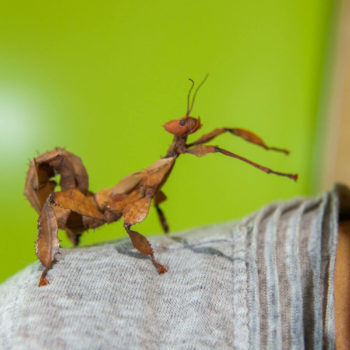Bug Farm
LEARNING OUTCOME
What makes something alive? Every living thing is part has a life cycle but is also part of a more complex food chain.
SESSION activities
- Observe and discuss differences between the needs of plants and animals
- How do we sort living things into groups?
- Use our Mealworm Hives to discover the different parts of a mealworm life cycle
- How does this fit into the bigger picture of a food chain which may include us?
SCIENCE EDUCATOR demonstrations
- Defining anthropods and how they differ from plants.
- Understanding that insects can be part of the human diet and that there are sustainability benefits
STUDENT experiments
- Handling life specimens to make observations.
- Use the mealworms as a basis to complete a chain where their waste can be used to feed plants.
- Energy is transferred between living things as food.
POST WORKSHOP ACTIVITIES.
BIOLOGICAL SCIENCE
Australian curriculum
Yrs F-2 * Living things have a variety of external features (ACSSU017)
*Living things grow, change and have offspring similar to themselves (ACSSU030)
*Participate in guided investigations and make observations using the senses (ACSIS011)
*Compare observations with those of others (ACSIS041)
victorian curriculum
Yrs F-2
* Living things can be plants and animals. (VCSSU032)
*Living things can be grouped on the basis of observable features and can be distinguished from non-living things. (VCSSU042)
*Living things have a variety of external features and live in different places where their basic needs, including food, water and shelter, are met (VCSSU042)
*Actively join in exploration of familiar objects and events (VCSIS036)
*Participate in guided investigations, including making observations using the senses, to explore and answer questions (VCSIS051)

